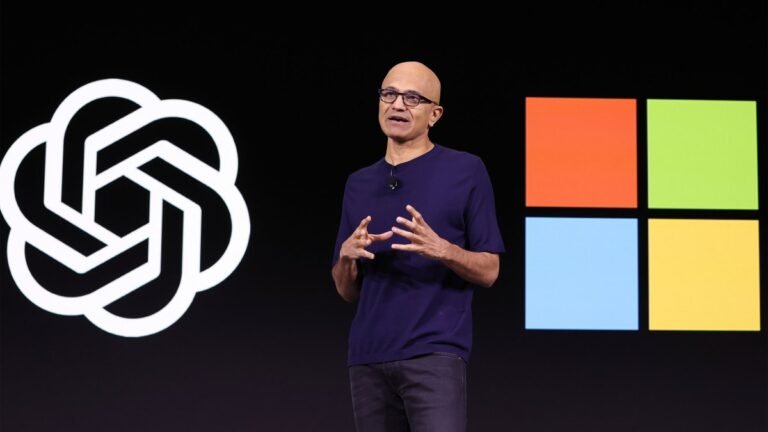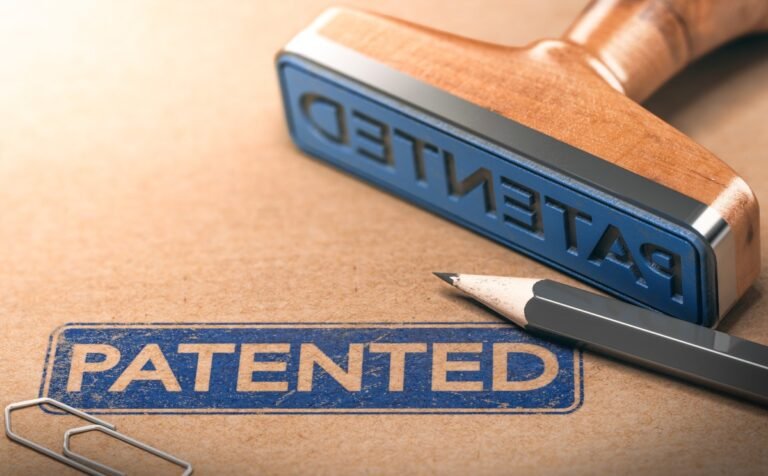
The U.K.’s competition watchdog has sounded a warning over Big Tech’s entrenching grip on the advanced AI market, with CEO Sarah Cardell expressing “real concerns” over how the sector is developing.
She said it’s important that competition enforcers don’t repeat the same mistakes with this next generation of digital development.
But for now the CMA has not gone that far, despite clear and growing concerns about cozy GAMMA GenAI ties.
“It may be that some arrangements falling outside the merger rules are problematic, even if not ultimately remediable through merger control.
(The short version of what it wants to see is: accountablity; access; diversity; choice; flexibility; fair dealing; and transparency.)

Humane today announced the availability of its first product, the Ai Pin.
Ai Pin is the first of what Humane hopes will be a long line of devices aimed at harness the power and popularity of generative AI platforms such as OpenAI’s ChatGPT and Google’s Gemini.
Humane’s vision for the $699 device is one in which a new technology can free itself of its predecessors’ limitations.
It really started a conversation about the incredible tool we built, but also some of the side effects.”The Ai Pin is the first of what will almost certainly be a long line of products riding the generative AI boon.
Humane’s $699 entry point gets you the Ai Pin, an extra battery and an AI charging case.

Sanctuary AI announced that it will be delivering its humanoid robot to a Magna manufacturing facility.
As is often the nature of these deals, the parties have not disclosed how many of Sanctuary AI’s robots will be deployed.
The news follows similar deals announced by Figure and Apptronik, which are piloting their own humanoid systems with BMW and Mercedes, respectively.
For its part, Magna invested in Sanctuary AI back in 2021 — right around the time Elon Musk announced plans to build a humanoid robot to work in Tesla factories.
The company would later dub the system “Optimus.” Vancouver-based Sanctuary unveiled its own system, Phoenix, back in May of last year.

Patlytics, an AI-powered patent analytics platform, wants to help enterprises, IP professionals, and law firms speed up their patent workflows from discovery, analytics, comparisons, and prosecution to litigation.
The outfit recently launched its product, which is SOC-2 certified, and already serves some top-tier law firms and a few in-house legal counsels at enterprises as customers.
Its target users include IP law firms and companies with several patents.
“Protecting intellectual property remains a major priority and business requirement for information technology, physical product, and biotechnology companies.
Notably, the round also attracted a host of angel backers, including partners at premier law firms, Datadog President Amit Agarwal, Fiscal Note founder Tim Hwang, and Tapas Media founder Chang Kim.

If the decisions made by corporate boards of directors can indicate where a company wants to be focusing, Amazon’s board just made an interesting move.
The company announced on Thursday that Andrew Ng, known for building AI at large tech companies, is joining its board of directors.
And given the AI whiplash that every big tech company is currently dealing with, it feels timely that McGrath is stepping away from the board now.
To stay at the forefront of the tech industry, Amazon will be looking for better thought leadership on the next steps in its artificial intelligence strategy.
It’s worth remembering that Amazon has been a leading player in AI for a long time.

After leaving Nvidia in 2010, Kumar pivoted to cybersecurity, eventually co-founding Fortanix, a cloud data security platform.
Leveraging AI, Simbian can automatically orchestrate and operate existing security tools, finding the right configurations for each product by taking into account a company’s priorities and thresholds for security, informed by their business requirements.
A separate study found that organizations now juggle on average 76 different security tools, leading IT teams and leaders to feel overwhelmed.
In addition to automatically configuring a company’s security tools, the Simbian platform attempts to respond to “security events” by letting customers steer security while taking care of lower-level details.
But that assumes Simbian’s AI doesn’t make mistakes, a tall order, given that it’s well established that AI is error-prone.

Google VidsLeveraging AI to help customers develop creative content is something Big Tech is looking for, and Tuesday, Google introduced its version.
Read moreImagen 2In February, Google announced an image generator built into Gemini, Google’s AI-powered chatbot.
“Vertex AI Agent Builder allows people to very easily and quickly build conversational agents,” Google Cloud CEO Thomas Kurian said.
Read moreNvidia’s Blackwell platformOne of the anticipated announcements is Nvidia’s next-generation Blackwell platform coming to Google Cloud in early 2025.
This, Kyle Wiggers writes, is “Google’s most capable generative AI model,” and is now available in public preview on Vertex AI, Google’s enterprise-focused AI development platform.

Can AI eat the jobs of the developers who are busy building AI models?
News this week that Google has a new AI-powered coding tool for developers means that competitive pressures between major tech companies to build the best service to help coders write more code, more quickly is still heating up.
Both companies want to eventually build developer-helping tech that can understand a company’s codebase, allowing it to offer up more tailored suggestions and tips.
Everywhere you look, developers are building tools and services to help their own professional cohort.
Developers learning to code today won’t know a world in which they don’t have AI-powered coding helps.

Meta, hell-bent on catching up to rivals in the generative AI space, is spending billions on its own AI efforts.
But an even larger chunk is being spent developing hardware, specifically chips to run and train Meta’s AI models.
Meta unveiled the newest fruit of its chip dev efforts today, conspicuously a day after Intel announced its latest AI accelerator hardware.
Google this week made its fifth-generation custom chip for training AI models, TPU v5p, generally available to Google Cloud customers, and revealed its first dedicated chip for running models, Axion.
Amazon has several custom AI chip families under its belt.

While these systems have soft forms, however, many of their components are still rigid like their more traditional counterparts.
Researchers are working to bring flexible elements to create locomotion for these soft robots.
Researchers at the school are using live muscle tissue in tandem with synthetic robot parts for a classification of robots known as “biohybrid.”MIT Professor of Engineering Ritu Raman confirmed the process with TechCrunch, noting, “We build the muscle tissues from mouse cells, and then we put the muscle tissues on our robot’s skeleton.
Biological muscle tissue can be difficult to work with and generally unpredictable.
The flexures still needed to be tweaked to the specifications of the robot, ultimately opting for structures with 1/100th the stiffness of the muscle tissue.













